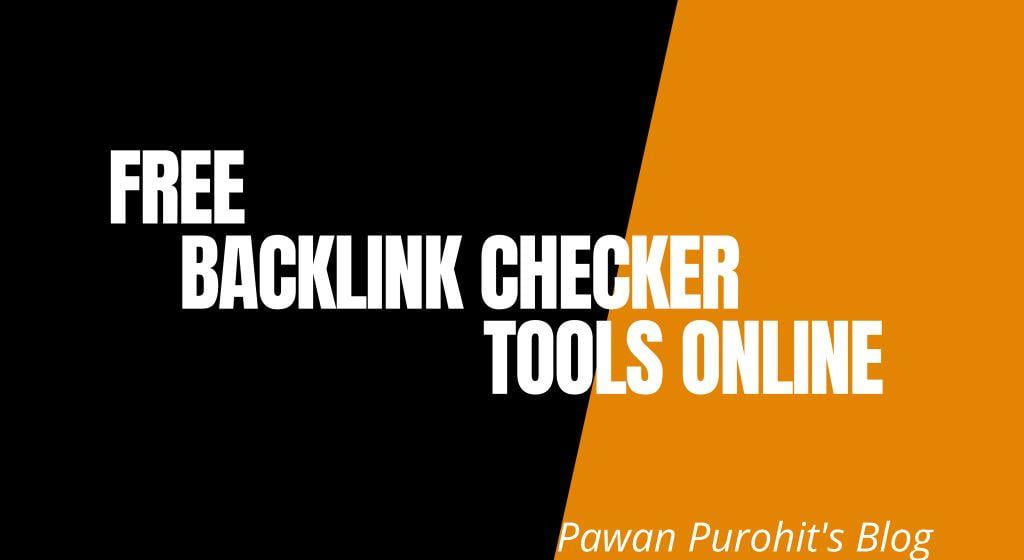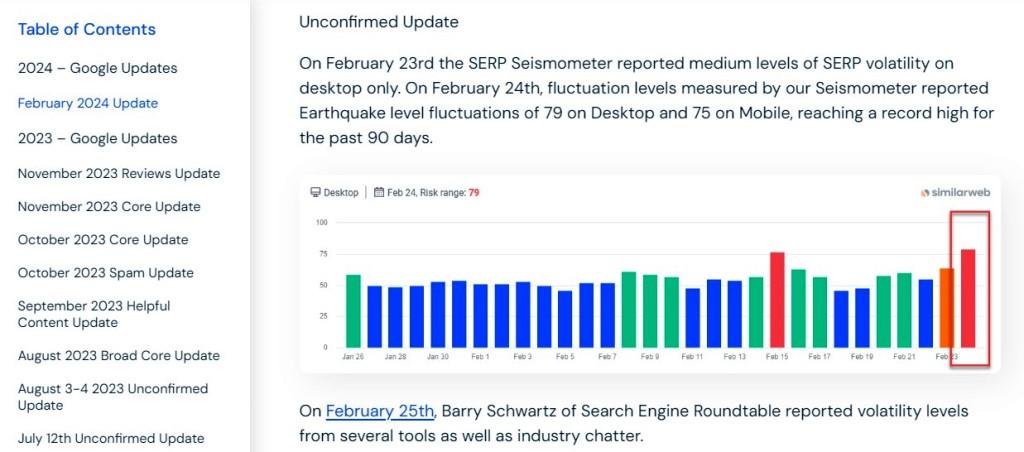It is a dream of every website owner to gain more and more organic search traffic to a website. Do you also wish to do so? Your answer will undoubtedly be undoubted yes. If you’ve created a new website or a blog, the first thing you need is to show up in the search results. One of the ways you can get your site or blog indexed by Google taking the “very low-speed approach” i.e. just make the start and sit back idly waiting for the result to happen naturally.
Another way that can help you boost the conversion rate and social signals is to put in a little more effort and time. Most bloggers and webmasters want to get sites indexed in no time. They’ve already added more quality content and blogs on a website for faster indexing.
How to Do Faster Indexing for Websites and Blogs in Google Search?
In this article, we are going to share some useful information on the basics of what is indexing, how a website is indexed, effective ways to get indexing faster, and a “Pro Tip” in the last. Be with us and read the complete articles and know how fast you can get your blog indexed in Google. Let’s start…

What is the Google Index?
Google or web index is just like an alphabetical index at the end of a book providing instruction on how to get access to that topic. It is a database containing all the information present on the web. Google is a similar library including over trillions of sites with the number of web pages on specific sites. The search engine result page is the index page where you can find the information you’re looking for by simply typing the keyword or phrase into Google.
What is indexing and how it is performed?
Indexing in SEO terms refers to the process of keeping a record of web pages and adding them to Google search results. Information gathered by Googlebot from crawling is processed and included in the searchable index of Google if considered for the higher quality of content.
When Googlebot comes onto a specific website, it starts crawling, and based on the index and no-index Meta tags, it includes a webpage with index tags in a specific search engine. It provides a way through which you can make sure which page appears on different search engines.
What information do web spiders contain?
After spider crawls the website, they look at important information that includes:
- URLs
It is the address of the World Wide Web Page that holds great importance. It is impossible to find the website without determining its URL at very first. It is crucial information spiders contain.
- Title tag
It is the name of a webpage that appears on SERP as a clickable headline for the given search result. Spiders index it first.
- Image tag
It includes an image ALT tag, title tag, and filename giving the description and work of an image on a webpage.
- Metadata
It is a short description of a website with relevant keywords and spiders look for it most while indexing the site.
- Headers
These are the tags (H1-H5) that are generally the title of a post or bolded (highlighted) text on the webpage.
- Links
These are the most important ways of ranking power and are considered as a vote for popularity. The more external links to your website, the higher the popularity and chances for improved ranking. But these should be good and natural links, not spammy links.
- Content
It refers to the whole content present on the website or blog.
Best tips to get Google index your website or blog
So, now that you’ve learned all about Google indexing, how it is done, and what type of information spiders store, it’s time to discuss things you can do to increase the index rate. Read on to learn some highly useful ways those provide your website with quick indexing within no time.
Create a blog
As compared to a static page of the website, blogs get indexed more quickly. It works for all types of businesses, niches, and business models. Most of the online visitors go for the purchasing of a product or taking services after being impressed by the information or recommendation given by a blogger.
Don’t forget to use a robots.txt
Robots.txt is a file that helps Google know what to index and what not. If this file gives permission not to index that page, a spider will leave it and go forward. There are many pages on a website that you don’t want to index such as the admin page. For that, you can simply put it on the robots.txt file.
A great content strategy
A good content strategy can help your website index faster. Articles submitted to popular high-ranking sites, press releases, guest posting, and impressive videos posted on authoritative sites can help you generate more leads and maximize the conversion rate. Determine what your main goals are, who will be the prospective audience, what content users search, where and how to publish it, and when to post the content to help the site’s new page index faster.
Sitemap creation and submission
Sitemap an XML document is an important page crawler looks at to get more information about a website. It tells the search engine when the content has been updated, recently added new pages, the size of a website, and more. With this page, you can save the time taken to index a new site or blog even within a few hours. For WordPress, you can use Google XML Sitemap Plug-in to automatically create and update the sitemap.
Upload sitemap in Google search console
- Select the website on the homepage of the Google search console
- Click on Site Configuration available in the left sidebar and then on Sitemaps
- In the top right, hit the Add/Test Sitemap button
- Enter/system/feed/sitemap into the given text box
- Hit on Submit Sitemap
Submit sitemap to Google webmaster tool
- Create a free Google account
- Sign Up for Google webmaster tools
- Go to optimization>sitemaps
- Add the URL to the sitemap of your website to the webmaster tool
Go with Google Analytics
Mostly it is used for tracking purposes but at the same time, it also gives a wake-up call to search engines making them aware of your website presence.
Submit URL to search engine
The webmaster can get their website indexed by Google within no time by submitting it to the search engine. However, most website owners or bloggers ignore this but it is one of the direct approaches that can ensure quick indexing as it takes time but provides successful SEO. Follow these few steps to submit the website URL:
Step1: Sign in into your Google account
Step2: Go to Submit URL in Google Webmaster Tool
Step3: Give the URL and click on the “I’m not a robot” box
Step4: Hit the Submit Request
Internal links
Create links to and from all important pages within the site to increase the indexing. You can link from a blog article to a website’s evergreen content.
Creating unique profiles over several social media channels such as Facebook, Twitter, Google+, etc, or updating it for the website helps crawlers get access to your site. Social signals can potentially nudge search engines to crawl the website. You can also add the link of the new website to the existing profile for an improved crawl rate.
Share the website link on social status updates once you’ve included it in your pre-existing social profile. Although these are no-follow links, they can be used for indexing alert purposes. For YouTube, record a video that includes useful information about your website, its features, brand, and benefits along with adding a URL in its description.
Social bookmarking
Social bookmarking submission to top-quality sites such as StumbleUpon and Delicious is another effective way for faster indexing of website or blog content.
RSS feed
RSS is an acronym for Rich Site Summary or Really Simple Syndication not only boosts up the conversion rate and readership but gets a website indexed more rapidly. It allows webmasters to get the instantaneous publication and distribution of new content and also enables readers to subscribe for that once published.
Set up your RSS feed with Feedburner (RSS management tool of Google) to help tell Google about your blog or website and old blog that is already indexed and now updated with a new post.
Submission to blog directories
Submitting the URL to top blog directories such as Technorati can help you generate more incoming links and get the site found by potential users. Submitting to high-quality sites with good domain authority ratings provides incoming links that can make a search engine index the website more rapidly.
Check for crawl errors
Indexing is done once the Googlebot completes the crawling process. Thus, check for crawling issues that might be happening due to making several changes on the website such as updating, editing, moving, or deleting pages. For this, you can simply follow these three steps:
- Open up Google Search Console and go to your website
- Click on crawl
- Click on crawl errors
Submit blog to Google News approval (Pro-Tip)
However, submitting a blog in Google News is not a ranking factor nor does it mean you will get more views but it will help you to index your blog post quickly in Google. You need to submit your blog to the Google Publisher Center for review, once approved your blog posts will start indexing quickly. Note: Your blog must have enough content before submitting it to Google News.
Getting included in Google indexing is the first step to successful and a great online presence. For more improved results, you need to create and submit high-quality content, avoid SEO errors, and analyze the performance.






